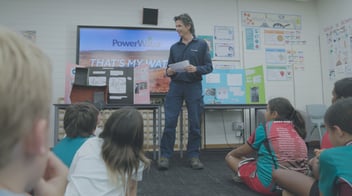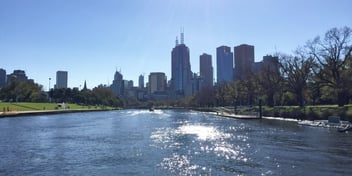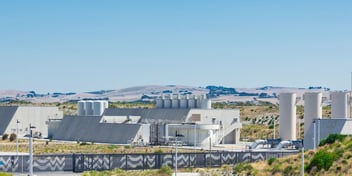Hunter Water aims to dodge drought with backup supply
As dams run low across New South Wales, Hunter Water has turned to the Tomago sandbeds to provide additional water security.
Total water storage levels in the Lower Hunter region are at about 66%, with dams falling to their lowest levels in 13 years.
Without significant rainfall in the catchment, levels are predicted to drop to 60% by the end of August. This would signal the need for level one water restrictions.
Although Hunter Water’s dams fill quickly, the region is vulnerable to drought during dry periods due to shallow water storages and high evaporation rates.
The Tomago sandbeds were last operated in 2015 and can provide 20% of the Lower Hunter’s drinking water during times of shortfall.
Hunter Water Chief Investment Officer Darren Cleary said the sandbeds are a safe and reliable backup water supply, but are not operated continuously because of the high cost involved in treating the water.
“Due to the geology of the sandbeds, the water contains naturally higher levels of iron and the mineral manganese,” Cleary said.
“These elements are difficult for us to remove at our water treatment plant and can result in some discolouration.”
He said the water is monitored at the borefields, as it arrives at the treatment plant, and again before it is sent to customers.
“We’ve done a lot of work over decades to understand how the sandbeds operate and how the water flows,” Cleary said.
“When we look to use the borefields within the sandbeds as part of our water supply, we are extremely rigorous in the way we test the water to make sure it is safe for drinking.
“There is also careful review by regulators such as NSW Health to ensure the water from the sandbeds meets the Australian Drinking Water Guidelines.”
As the sandbeds are close to the Williamtown RAAF Base, which has been the centre of PFAS contamination concerns, Hunter Water has isolated two bore stations inside the Williamton Management Area as a precaution.
It already tests for PFAS, including PFOS, PFOA and PFHxS at all six of its drinking water treatment plants, as well as at Campvale Canal and 74 other locations across its drinking water network.
“Hunter Water has the ability to choose which bores are used and which are not when drawing water from the sandbeds,” Cleary said.
“Our customers can have confidence in the controls that have been put in place to ensure their drinking water remains safe and meets the guidelines.”



